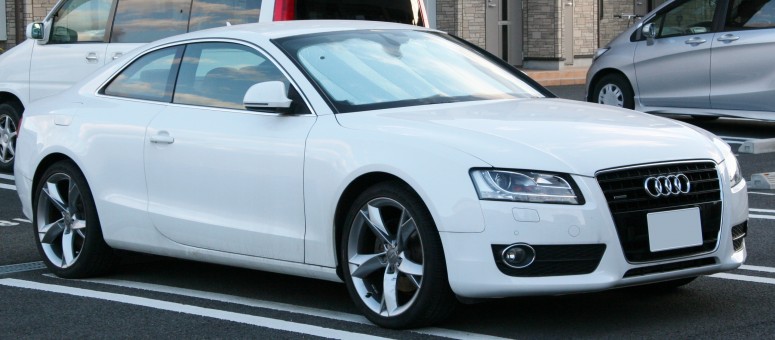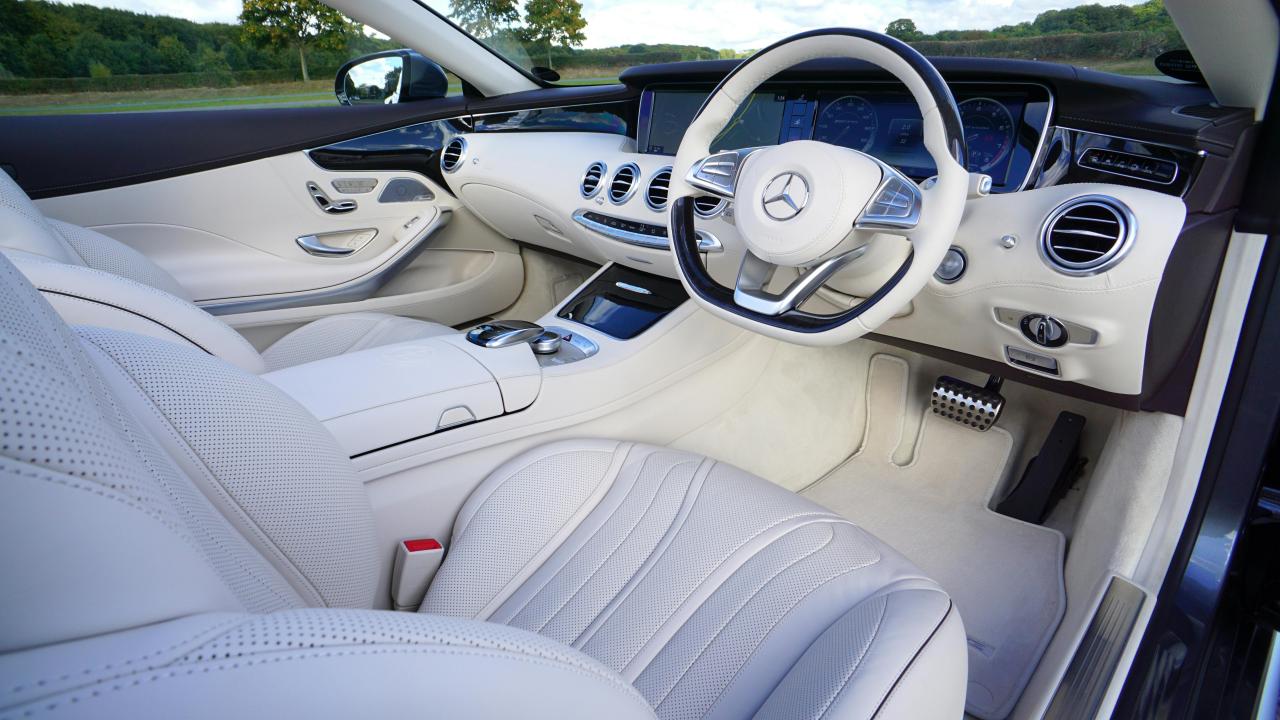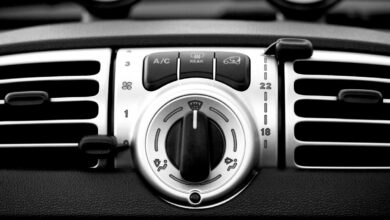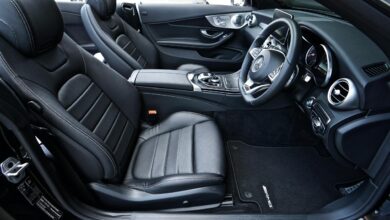Software-Defined Vehicles: Code, Customization, and New Revenue

The contemporary automobile, once primarily defined by its mechanical and analog components, has fundamentally undergone a profound, irreversible, and accelerating transformation into a highly sophisticated, mobile digital device. For nearly a century, the core value of a car resided in its engine’s power and its chassis’s structural integrity. That foundational model has now entirely pivoted.
The primary differentiator and source of competitive advantage is the intelligence, functionality, and seamless integration of its sophisticated in-car software. This comprehensive software layer governs virtually everything: critical engine performance, advanced safety features, navigation, personalized entertainment, and the entire driver interaction experience.
Software-Defined Vehicles (SDVs) are the indispensable, specialized engineering revolution dedicated entirely to designing, securing, and continuously optimizing this vital digital core. This crucial architecture transcends simple infotainment systems. It creates a dynamic, personalized, and perpetually evolving relationship between the human, the machine, and the external network.
Understanding the core architectural shift, the mechanisms of Over-the-Air (OTA) updates, and the strategic imperative of generating high-value recurring revenue is absolutely paramount. This knowledge is the key to comprehending the engine that drives modern automotive design, elevates safety, and secures continuous profitability.
The Foundational Shift to Code-Centric Value
The necessity for the Software-Defined Vehicle (SDV) architecture stems directly from the accelerating convergence of consumer demand and technological capability. Customers expect their vehicles to function like advanced smartphones. They demand instant, personalized functionality and continuous feature updates. The traditional method of relying on static, hardware-specific electronic control units (ECUs) scattered throughout the vehicle simply cannot deliver this level of digital agility.
An SDV centralizes control and logic. It replaces hundreds of discrete, dedicated hardware modules with powerful, centralized High-Performance Computers (HPCs). These HPCs process and manage the majority of the vehicle’s functions through unified software platforms. This centralized architecture is crucial for running complex AI models and managing the vast streams of sensor data generated by advanced systems.
The core value proposition for the automaker is the massive opportunity for post-sale, recurring revenue. By making features software-dependent, the manufacturer can sell specialized functionalities, performance upgrades, or advanced driver assistance systems (ADAS) on a subscription basis. This transforms the single, one-time hardware sale into a predictable, long-term software revenue stream.
This shift mandates a complete cultural transformation for traditional automakers. They must pivot from being primarily mechanical engineering firms to becoming agile, software-first organizations. The most valuable employees are now often the software developers and data scientists who write and maintain the vehicle’s code.
Core SDV Architecture and Components

The intelligence and functional capability of the Software-Defined Vehicle rely on a robust, centralized, and highly connected electronic architecture. This foundation ensures that the system can process immense data volumes instantly and execute complex functions reliably. Centralization is mandatory for efficiency.
A. High-Performance Central Computing (HPC)
The SDV architecture is built around centralized High-Performance Computers (HPCs). These powerful processors integrate specialized CPUs and GPUs onto a single computing platform. HPCs are essential for handling the massive, parallel processing demands of sensor fusion, complex decision-making, and sophisticated AI algorithms. Centralized computing is the brain that manages the vehicle’s entire operation.
B. Domain and Zonal Architecture
The complex traditional wiring harness is simplified by Zonal Architecture. Functions are grouped geographically into zones controlled by zone controllers. This reduces wiring complexity and weight. Domain Architecture groups functions logically—such as powertrain, safety, or infotainment—each managed by a dedicated high-level controller. This dual approach simplifies software deployment and maintenance.
C. Over-the-Air (OTA) Updates
Over-the-Air (OTA) Updates are the defining technical feature of the SDV. This mechanism delivers performance upgrades, security patches, and entirely new functionalities directly to the vehicle wirelessly. OTA updates are non-negotiable for safety. They allow the manufacturer to instantly fix software bugs or patch critical security vulnerabilities across the entire fleet globally.
D. Separation of Hardware and Software
The SDV maintains a strict separation of hardware and software. This allows developers to update, debug, and improve the software layer independently of the physical hardware lifecycle. This decoupling accelerates the development process. It ensures the vehicle’s digital features remain current and evolving throughout its lifespan.
In-Car Software and User Experience (UX)

The digital cockpit serves as the primary interactive portal to the SDV’s complex software layer. The design of this interface must prioritize driver safety, intuitive interaction, and deep personalization. The quality of the User Experience (UX) is a paramount differentiator for consumer satisfaction.
E. AI and Hyper-Personalization
AI is the singular force transforming the cockpit into a truly smart, personalized interface. AI recognizes the driver and automatically adjusts seating, climate control, mirror angles, and infotainment preferences instantly. This seamless, anticipatory personalization enhances comfort and reduces manual configuration time. AI learns the driver’s habits and minimizes cognitive distraction.
F. Augmented Reality (AR) HUDs
Augmented Reality (AR) Heads-Up Displays (HUDs) project critical information—speed, navigation arrows, and ADAS warnings—directly onto the driver’s real-world field of view. This crucial technique minimizes the time the driver’s eyes are diverted from the road surface. AR enhances both informational awareness and active driving safety.
G. Voice and Gesture Control
The interface is moving decisively away from manual touch controls. Advanced voice and gesture control systems allow the driver to manage complex infotainment, navigation, and communication functions hands-free. AI-powered Natural Language Processing (NLP) is mandatory for accurately interpreting complex verbal commands. This hands-free operation is essential for safety compliance.
H. Contextual Information Display
AI enables contextual information display. The system analyzes the massive data stream and filters it. It presents only the information that is immediately relevant to the current driving task or environment. This deliberate filtering reduces information overload. It ensures the driver’s focus remains on the most critical inputs.
Revenue Models and Data Monetization
The SDV architecture fundamentally supports new, high-margin revenue models. These models are strategically designed to generate continuous income throughout the vehicle’s operational life. Software is the new primary profit center, providing superior financial stability. This shift is irreversible.
I. Feature Subscriptions
The industry is rapidly pivoting toward feature subscriptions. Customers pay a predictable recurring fee—monthly or annually—to unlock specialized software functionalities. These functions include performance optimization, advanced ADAS capabilities, or enhanced premium connectivity. This model converts hardware capabilities into a stable, high-margin software revenue stream.
J. Data Monetization
The massive volume of operational and behavioral data generated by onboard sensors is becoming a high-value asset. Vehicle Data Monetization involves anonymizing and selling this aggregated data to third parties. These parties include urban planners, insurance providers (for Usage-Based Insurance – UBI), and mapping companies. Data becomes a crucial, non-negotiable revenue stream that extends the vehicle’s profitability far beyond its sale date.
K. In-Vehicle Commerce
The digital cockpit facilitates in-vehicle commerce. Drivers can use the centralized display to purchase digital services, pay for fuel or parking, or order food directly. The vehicle becomes a secure, convenient, mobile point of sale. This integration generates revenue from transaction fees and retail partnership commissions.
L. Cybersecurity as a Service
The immense complexity of the SDV requires continuous security management. Cybersecurity as a Service involves customers paying a subscription fee for continuous security monitoring, advanced anti-malware services, and guaranteed, rapid OTA security patching. This revenue funds the massive R&D investment required to protect the vehicle’s critical control software from relentless external attacks.
Conclusion
Software-Defined Vehicles are the ultimate technological engine driving the future of mobility.
The core architecture replaces mechanical control with centralized High-Performance Computers (HPCs) and unified software platforms.
OTA updates are the non-negotiable mechanism ensuring continuous performance enhancement and fleet-wide security patching delivered wirelessly.
The UX is driven by AI and hyper-personalization, which anticipates driver needs and automates configuration based on recognizing the user’s profile.
Augmented Reality (AR) HUDs and advanced voice controls significantly enhance safety by minimizing critical driver distraction.
The strategic shift pivots the revenue model toward stable, high-margin software feature subscriptions and data monetization throughout the vehicle’s lifespan.
Zonal architecture simplifies wiring complexity and facilitates easier maintenance and deployment of functional software upgrades.
Rigorous cybersecurity protocols and continuous OTA security patching are mandatory for protecting the vehicle’s critical software control systems from attack.
Mastering the integration of software, AI, and hardware is the key to securing the highest level of safety, efficiency, and customized user interaction.
This architectural philosophy transforms the car from a traditional product into an evolving, highly valuable, intelligent digital service.
The SDV stands as the final, authoritative guarantor of future recurring revenue streams and sustained competitive advantage for global automakers.
The strategic commitment to software control is the key to accelerating innovation and meeting the non-negotiable demands of the digitally fluent consumer.


